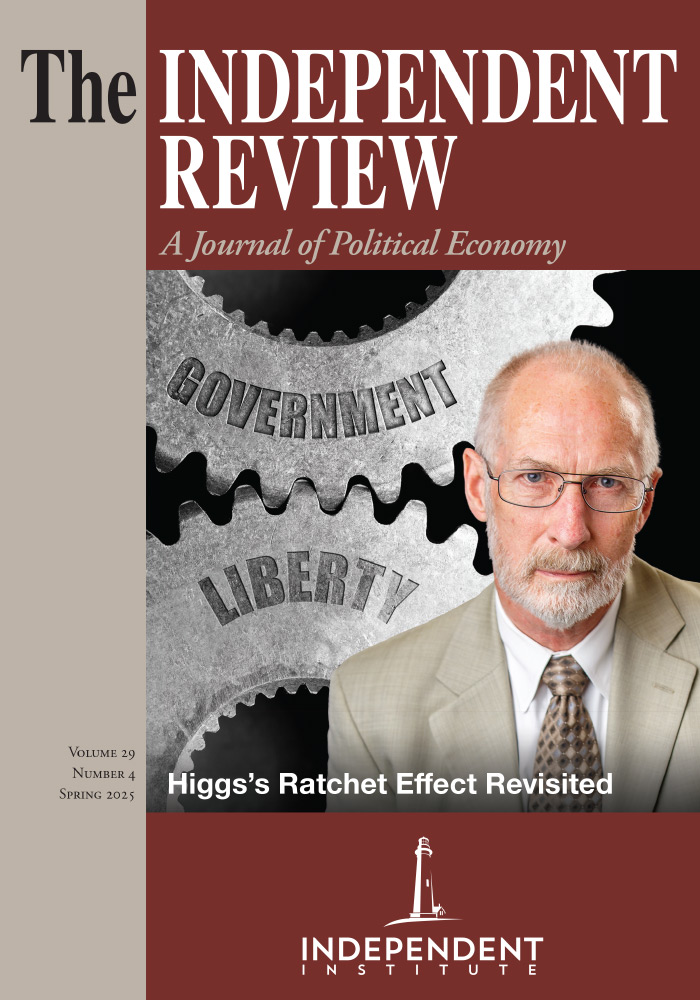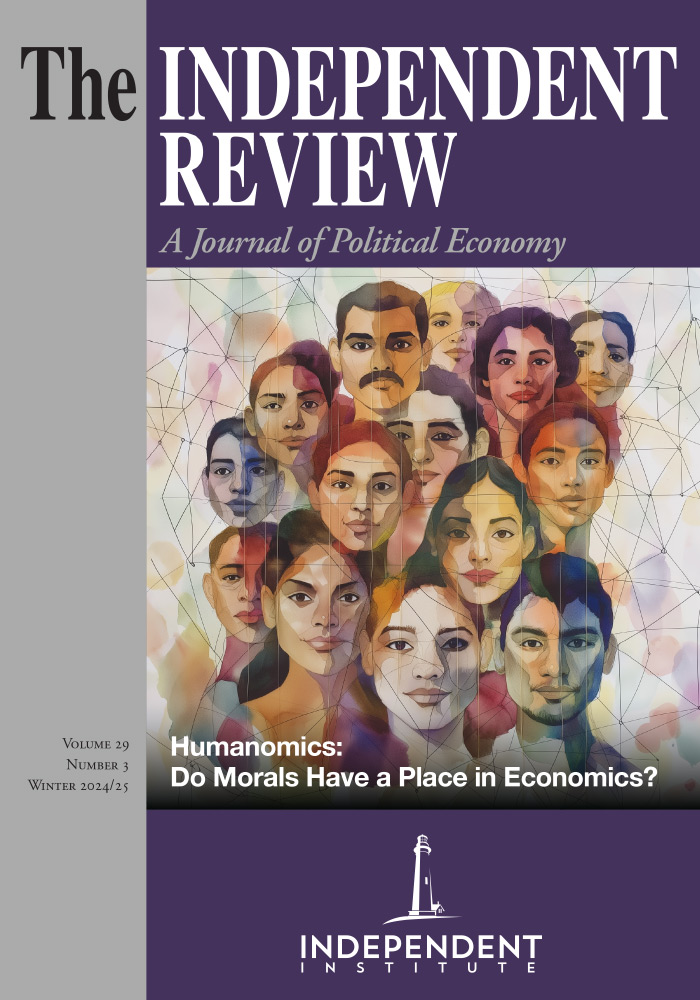Two principles are basic to every discussion of tax reform.
First, tax reform consists of more than changes in those items that are called taxes. The real cost of government—the total tax burden—equals what government spends plus the cost to the public of complying with government mandates and regulations and of calculating, paying, and taking measures to avoid taxes. Currently, this burden, at federal, state, and local levels combined, exceeds half of national income: 40 percent in direct spending and more than 10 percent in indirect costs. Anything that reduces that real cost—lower government spending, elimination of costly regulations on individuals or businesses, simplification of explicit taxes—is a tax reform.









